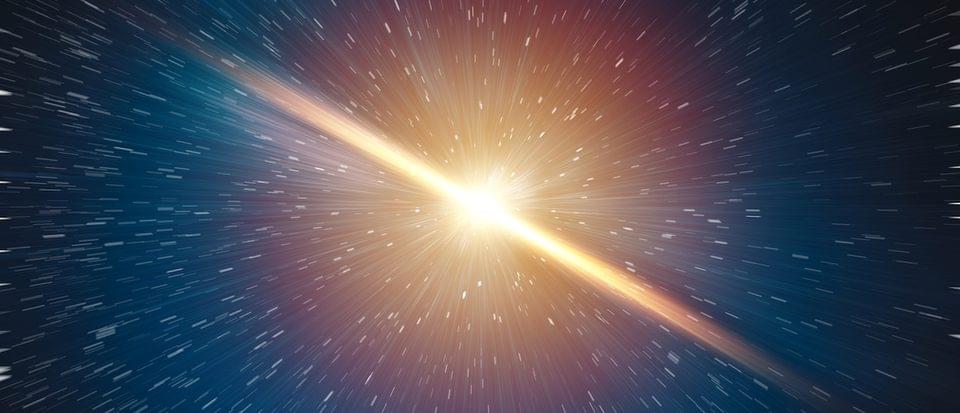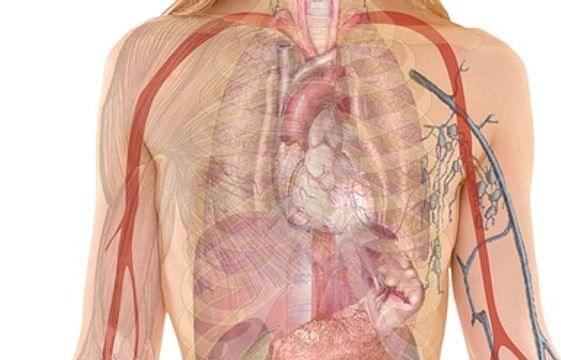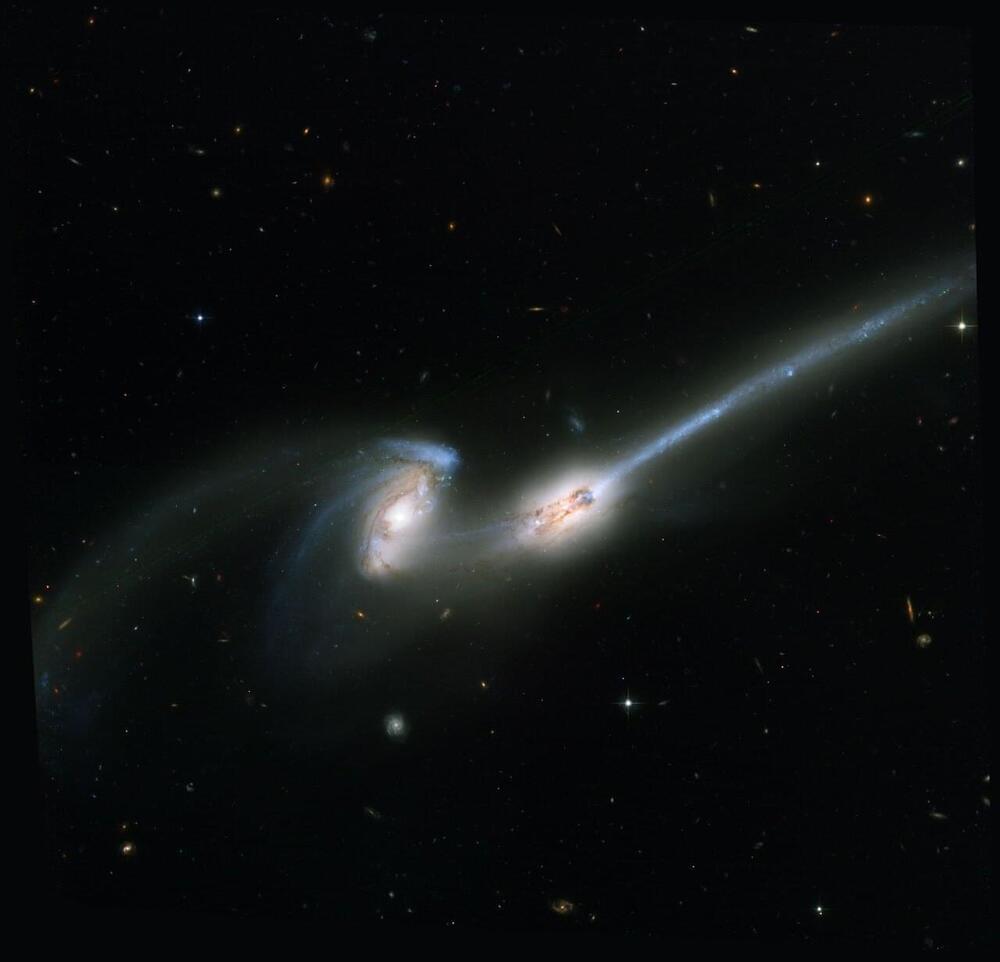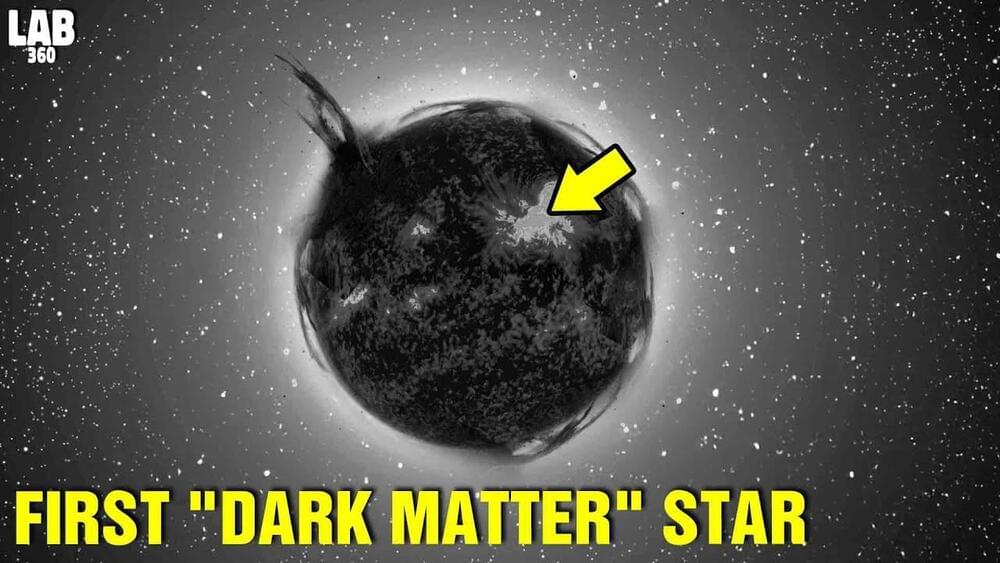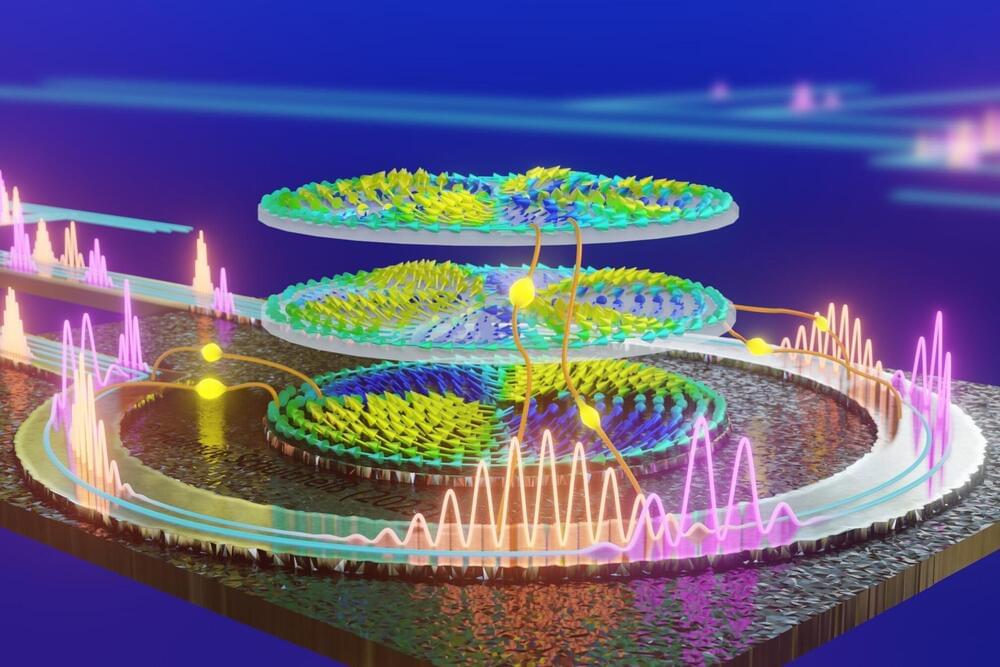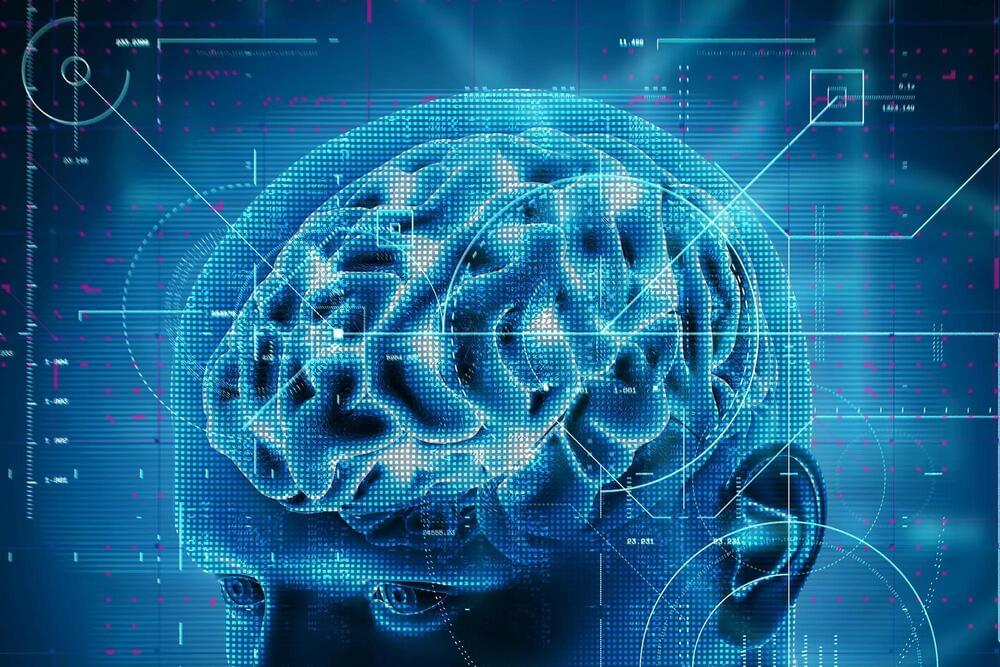Archive for the ‘physics’ category: Page 34
Jul 28, 2023
Scientists might have made the ‘biggest physics discovery of a lifetime’ — or not
Posted by Dan Breeden in categories: materials, physics
Scientists have claimed to make a breakthrough that would be “one of the holy grails of modern physics” – but experts have urged caution about the results.
In recent days, many commentators have become excited by two papers that claim to document the production of a new superconductor that works at room temperature and ambient pressure. Scientists in Korea said they had synthesised a new material called LK-99 that would represent one of the biggest physics breakthroughs of recent decades.
Superconductors are a special kind of material where electrical resistance vanishes, and which throw out magnetic fields. They are widely useful, including in the production of powerful magnets and in reducing the amount of energy lost as it moves through circuits.
Jul 27, 2023
Why the Big Bang might not have been the beginning of our Universe
Posted by Paul Battista in categories: cosmology, physics
The Big Bang marks the birth of the Universe, right? The physicists brave enough to look beyond it aren’t so sure.
Jul 27, 2023
Radiation-Free Imaging Technique Takes a Peek Inside Humans
Posted by Arthur Brown in category: physics
Physicists have succeeded in making a new imaging technique ready for use on humans where radioactive markers and radiation are not necessary.
Jul 24, 2023
New advances in formation theory of supermassive black holes
Posted by Genevieve Klien in categories: cosmology, physics
With breakthroughs in astronomical observation, scientists now have confirmed the existence of supermassive black holes at the centers of galaxies. The recent release of black hole images has further charged people’s curiosity about black holes while providing additional evidence to support Einstein’s general theory of relativity.
These supermassive black holes range in mass from millions to billions of solar masses. Astonishingly, some of these black holes have formed less than a billion years after the Big Bang. Understanding how these black holes formed and grew to such enormous mass in such a short period of time has always been an important topic in modern astrophysics.
A research team composed of Chi-Hong Lin and Ke-Jung Chen from the Institute of Astronomy and Astrophysics, Academia Sinica (ASIAA) and Chorng-Yuan Hwang from the Institute of Astronomy at National Central University has made significant new advances in the formation theory of supermassive black holes. The research results have been published in The Astrophysical Journal.
Jul 24, 2023
James Webb Telescope Detects ‘Dark Stars’ Made of Annihilating Dark Matter!
Posted by Dan Breeden in categories: cosmology, physics
Another day, another mind-bending discovery by the James Webb Space telescope!And this time it has caught glimpse of possible first ever Dark Stars! What are dark stars and why is this discovery so huge?
Intriguing insights have emerged from a collaborative effort involving three astrophysicists from The University of Texas at Austin, and Colgate University. Their investigation delved into the images captured by the James Webb Space Telescope, leading to the identification of three luminous objects that could potentially be dark stars.#darkmatter #stars #jameswebbspacetelescope Join Lab360 to get access to some amazing perks:
Continue reading “James Webb Telescope Detects ‘Dark Stars’ Made of Annihilating Dark Matter!” »
Jul 24, 2023
Research team takes neuromorphic computing a step forward
Posted by Paul Battista in categories: computing, neuroscience, physics
Neuromorphic computers do not calculate using zeros and ones. They instead use physical phenomena to detect patterns in large data streams at blazing fast speed and in an extremely energy-efficient manner.
In their project NIMFEIA, Katrin and Helmut Schultheiß along with their team from the Helmholtz-Zentrum Dresden-Rossendorf (HZDR) have now taken this technology a tremendous step forward. They also demonstrated that their approach can be seamlessly integrated into conventional chip manufacturing. Their findings have now been published in Nature Communications.
What the researchers have developed at the HZDR-Institute of Ion Beam Physics and Materials Research is referred to by many names. “Neuromorphic computing,” for example, is one term, as the processes resemble those that occur within the brain. “Unconventional computing” is another name, as the technology is so different from the data processing that we are accustomed to today, which uses the Boolean logic of zeros and ones.
Jul 24, 2023
Century-Old Paradigm Overturned — Brain Shape Matters More Than Neural Connectivity
Posted by Dan Breeden in categories: mapping, neuroscience, physics
For over a hundred years, scientists have held the belief that our thoughts, feelings, and dreams are shaped by the way various brain regions interact via a vast network of trillions of cellular connections.
However, a recent study led by the team at Monash University’s Turner Institute for Brain and Mental Health has examined more than 10,000 distinct maps of human brain activity and discovered that the overall shape of an individual’s brain has a much more substantial impact on our cognitive processes, emotions, and behavior than its intricate neuronal connectivity.
The study, recently published in the prestigious journal, Nature draws together approaches from physics, neuroscience, and psychology to overturn the century-old paradigm emphasizing the importance of complex brain connectivity, instead identifying a previously unappreciated relationship between brain shape and activity.
Jul 24, 2023
China Just Admitted They’ve Launched Something So Advanced That It Will Change Everything
Posted by Dan Breeden in categories: cosmology, physics, satellites
China’s state media Xinhua claims that at least 300,000 people have worked on China’s space projects, almost 18 times the number of employees NASA has. Yes, the space race between the United States and China is set for a new and exciting turn, as the latter is geared to challenge the James Webb Space telescope with its fleet of tiny satellites, as they dive into deep space.#nasa #china #space Join Lab360 to get access to some amazing perks:
https://www.youtube.com/channel/UCZYqWTQJzJaMW7jFG16p8ug/joinSubscribe:
Jul 23, 2023
NASA’s Newest Storm-Watching Satellites Captured the Evolution of Hurricane’s Structure
Posted by Genevieve Klien in categories: climatology, evolution, government, physics, satellites
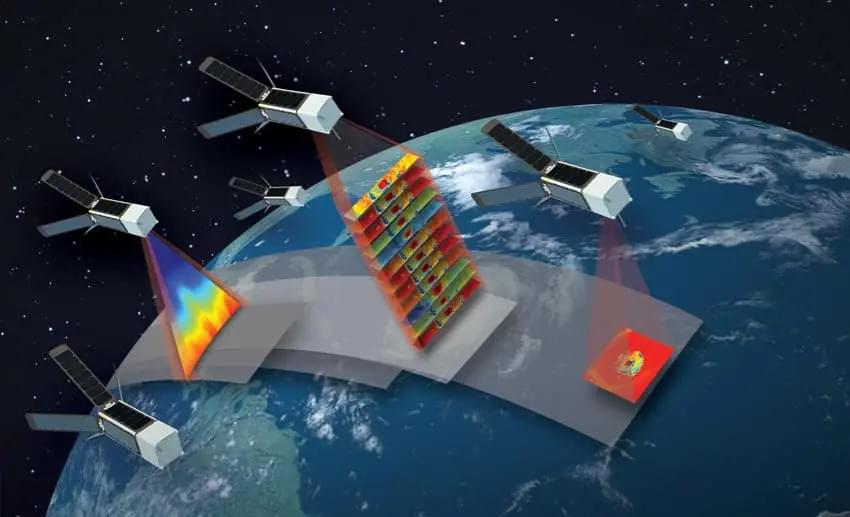
Observations made by NASA
Established in 1958, the National Aeronautics and Space Administration (NASA) is an independent agency of the United States Federal Government that succeeded the National Advisory Committee for Aeronautics (NACA). It is responsible for the civilian space program, as well as aeronautics and aerospace research. Its vision is “To discover and expand knowledge for the benefit of humanity.” Its core values are “safety, integrity, teamwork, excellence, and inclusion.” NASA conducts research, develops technology and launches missions to explore and study Earth, the solar system, and the universe beyond. It also works to advance the state of knowledge in a wide range of scientific fields, including Earth and space science, planetary science, astrophysics, and heliophysics, and it collaborates with private companies and international partners to achieve its goals.


